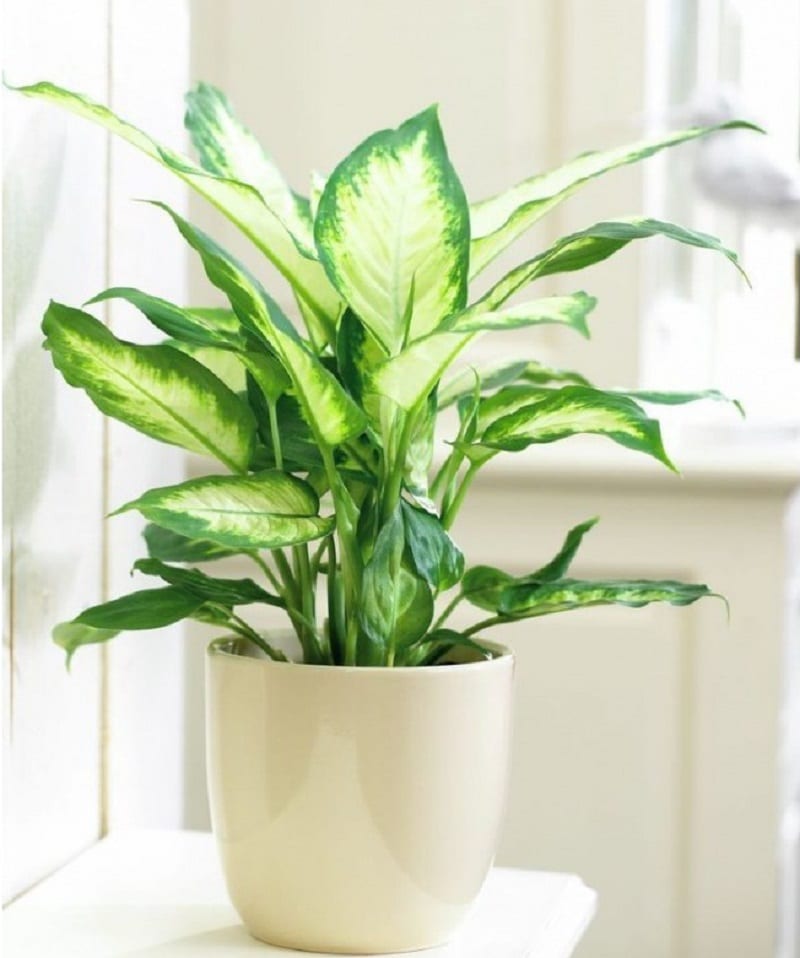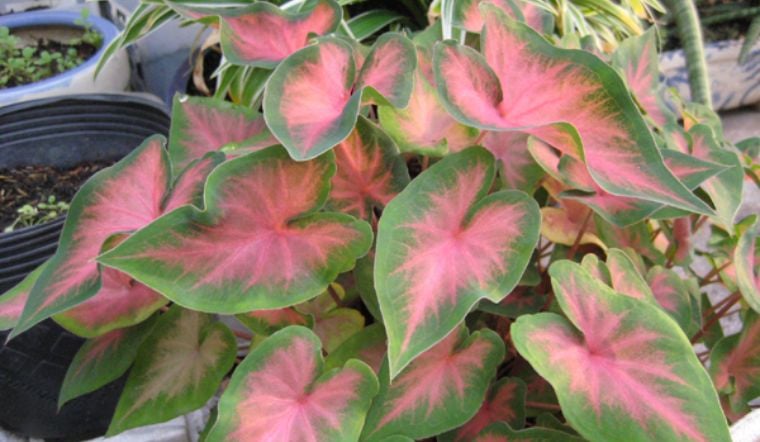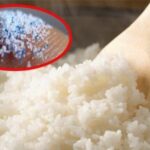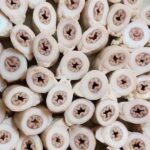In modern life, decorating living spaces with houseplants is becoming increasingly popular. These plants not only bring natural beauty but also help improve air quality and create a relaxing atmosphere for the home. However, alongside these benefits, some houseplants can also pose health risks. Therefore, before deciding on which plants to bring into their homes, homeowners need to carefully consider their safety and suitability for the living environment. Understanding the plants and their impacts will help ensure that the living space is not only aesthetically pleasing but also safe for all family members.
Ivy
Ivy is a popular climbing plant in many households, known for its air-purifying abilities. However, if not properly cared for, it can cause some issues, such as skin allergies and irritation upon direct contact. Ivy grows rapidly and can quickly spread if not timely pruned. This could be a concern, especially for families with young children or those sensitive to allergies.
Moreover, it is important to note that ivy leaves contain toxins that are harmful to pets. If ingested by cats or dogs, it can lead to symptoms such as vomiting, abdominal pain, and diarrhea. Therefore, placing the plant out of reach of children and pets is essential to ensure the safety of all family members.

Ivy
Peace Lily
The peace lily is favored for its elegant appearance and ease of cultivation. However, it is important to note that this plant contains calcium oxalate, a compound that is toxic to pets such as dogs and cats. If ingested, it can cause issues such as pain, mouth swelling, and vomiting. Therefore, to protect the health of your furry friends, it is advisable to place the plant in safe locations out of their reach.
Dieffenbachia
Dieffenbachia is a popular choice for living space decoration. However, families with young children or pets need to exercise caution. This plant contains toxins such as andromedotoxin and arbutin glucoside, which can cause skin irritation and burning if touched by children. Particularly, if the leaves are ingested, it can lead to severe symptoms such as vomiting and seizures in both children and pets. Hence, it is crucial to place the plant in a safe location and supervise young children and pets to ensure the safety of all family members.

Dieffenbachia
Golden Pothos
Golden pothos, also known as Devil’s Ivy, is renowned for its large and attractive leaves, adding a touch of elegance to any living space. Despite its beauty, this plant requires attention as it contains calcium oxalate. This substance can cause severe mouth, lip, and tongue irritation if chewed, leading to symptoms such as drooling and vomiting. Therefore, ensuring safety when decorating with golden pothos is essential, especially in households with young children or pets.
Caladium
With its leaves delicately colored in shades of pink and shaped like hearts, caladium is truly eye-catching. However, caregivers should be aware of the toxicity of this plant as it contains oxalate crystals. When exposed to or ingested, individuals may experience various unpleasant symptoms such as a burning sensation in the mouth, swelling, and difficulty speaking, along with digestive issues like nausea and diarrhea. Additionally, if the leaves come into contact with the eyes, it can cause pain and potentially damage the cornea. Thus, caution is advised when decorating living spaces with caladium.

Caladium
Anthurium
Anthurium, commonly known as flamingo flower, captivates with its glossy red leaves. However, this plant also poses risks if its leaves are ingested. Both adults and children may experience a burning sensation, swelling in the mouth, difficulty swallowing, and hoarseness. Although these symptoms usually subside over time, it is best to avoid direct contact with children and pets as a safety precaution.
Swiss Cheese Plant
This plant, commonly known as the Swiss cheese plant, stands out due to its unique and appealing leaf shape. Popular in interior decoration, it brings a vibrant touch to living spaces. However, it is important to note that its leaves contain oxalate crystals, which can cause irritation if chewed by young children. Additionally, direct contact with the plant may result in skin itching or eye irritation. Therefore, before deciding to grow this plant, one should consider taking safety precautions to ensure that the living space is not only beautiful but also safe for all family members.
Shudder: This Coffee Habit Makes You Swallow 1000+ Microplastic Particles Each Time
Coffee is a beloved beverage for many, but did you know that a certain style of coffee consumption can result in ingesting over 1,000 microplastic particles in a single sitting? Intrigued and concerned, we delve into this issue to uncover the specific method of coffee consumption and provide essential insights on how to steer clear of these microscopic intruders.
The Ultimate Guide to 2 Veggies Hiding a “Nest of Parasites” – #1 is a Favorite in Vietnam
“A word of caution for all the health-conscious foodies out there: some of your favorite green vegetables may be harboring harmful parasites, especially tapeworms. Believe it or not, two common types of vegetables frequently used in Vietnamese cuisine can become breeding grounds for these parasites if not properly handled and prepared. Stay tuned as we uncover the truth behind these seemingly nutritious yet potentially dangerous veggies, and learn how to protect yourself from unwanted guests!”



































